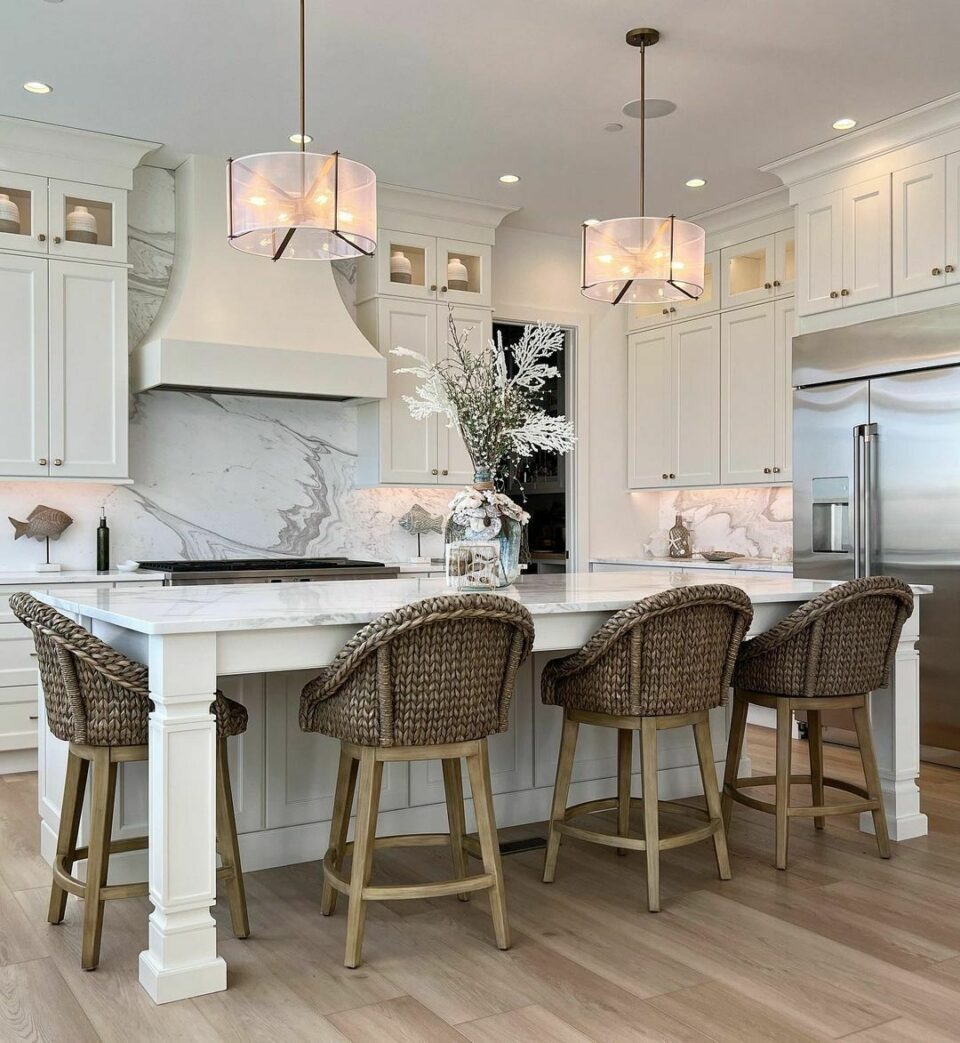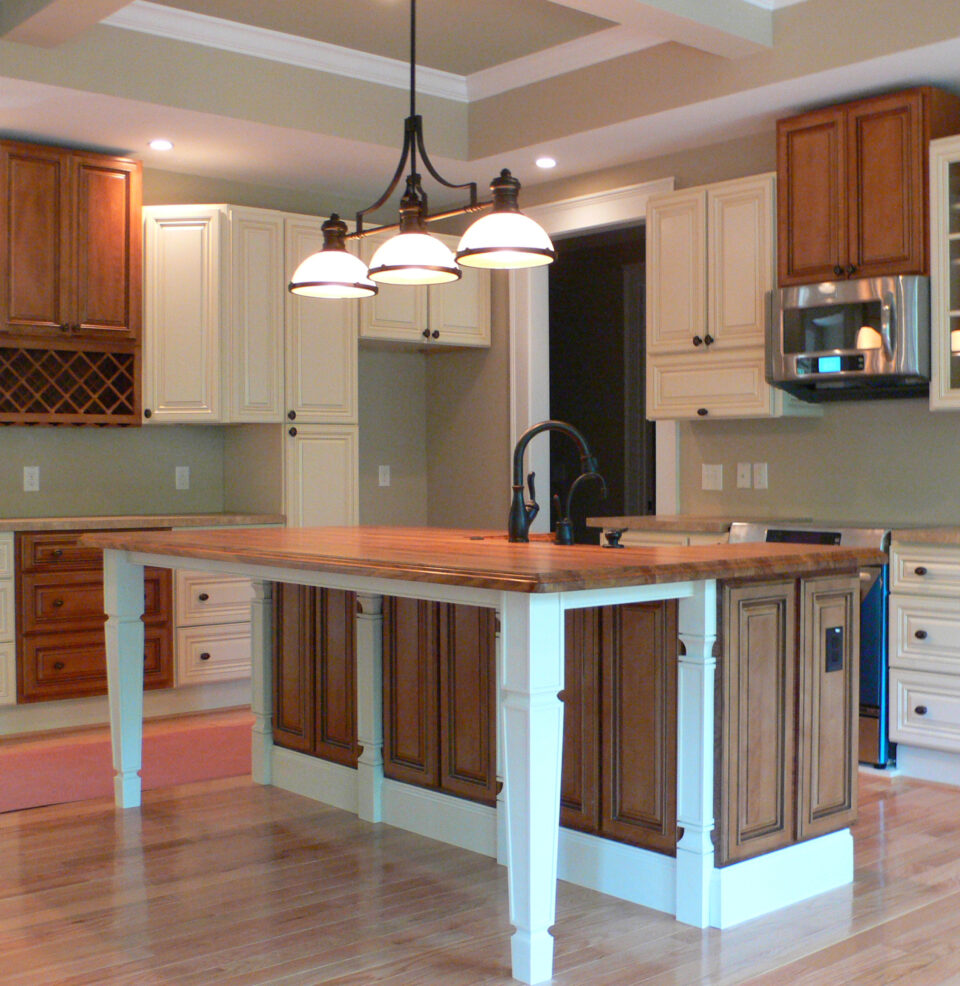Checking Out the Essential Functions of a Cooking Area Island Leg for Your Culinary Room
The kitchen area island offers as a main center in any kind of cooking area, and the choice of leg design is pivotal in boosting both its performance and visual charm. Understanding the important features of kitchen island legs-- consisting of material choices, style styles, and security factors-- can considerably affect the total experience within the kitchen area.
Relevance of Kitchen Island Legs
Kitchen area island legs play a crucial role in both the performance and aesthetics of a cooking area room. They not just sustain the weight of the island yet also improve the overall design, contributing to the kitchen's aesthetic appeal. The choice of legs can dictate the design of the kitchen, be it modern-day, typical, or rustic.
Functionally, durable and effectively created legs ensure security, permitting the safe usage of the island for different tasks such as cooking, dining, or amusing. Strong legs avoid shifting and tottering, giving a reputable surface for everyday activities.
In addition, the elevation and positioning of the legs can influence the convenience degree for those seated at the island. A well-considered elevation can accommodate bar feceses or chairs, promoting a welcoming setting for celebrations.
Along with these functional considerations, kitchen area island legs can offer as a centerpiece in the area (kitchen island leg). Decorative or distinctively created legs can raise the style visual, making the island a focal point. Thus, selecting the right cooking area island legs is necessary for stabilizing kind and feature in any cooking space
Product Options for Legs
Selecting the appropriate product for kitchen island legs dramatically impacts both longevity and style. Usual material choices consist of metal, wood, and stone, each offering unique benefits.
Timber is a prominent selection due to its heat and adaptability. It can be conveniently customized to match various decoration styles, from rustic to contemporary. Hardwoods like oak and maple provide superb strength and longevity, while softer woods can be much more susceptible to damage.
Metal legs are favored for their streamlined, modern-day aesthetic. kitchen island leg. Stainless steel and aluminum are not only robust but additionally resistant to rust and deterioration, making them ideal for kitchen environments. They can produce an industrial appearance and are often readily available in various coatings to enhance other cooking area elements
Rock legs, such as granite or marble, include an aspect of deluxe and security. While much heavier than other materials, they offer outstanding longevity and can stand up to significant weight. They may call for additional support to make sure correct equilibrium.
Eventually, the choice of product must align with both functional needs and the total style vision of the kitchen area space, ensuring that the island legs boost both energy and looks.
Layout Designs to Take Into Consideration
What design styles should be taken into consideration when selecting legs for a kitchen island? The selection of leg style significantly affects the overall visual of your culinary room. For a contemporary cooking area, smooth and minimalistic leg styles, such as stainless steel or geometric forms, can enhance the modern-day allure, supplying a clean and uncluttered appearance.
In contrast, traditional cooking areas profit from classic designs such as turned or carved wood legs, which add warmth you could look here and character. These options often include elaborate information that match classic furnishings. For a rustic setting, think about legs made from redeemed timber or wrought iron, which bring a natural, natural high quality to the space.
If you lean in the direction of a commercial motif, robust steel legs with a distressed coating might be perfect, giving an edgy yet advanced touch. Additionally, farmhouse design kitchens can include chunky legs that stimulate a sense of sturdiness and homeliness.

Elevation and Security Factors
The elevation and stability of a cooking area island are vital elements that directly influence its functionality and individual experience. An ideal kitchen area island leg need to offer adequate elevation to accommodate a range of jobs, from cooking to casual eating. Commonly, kitchen islands separate 36 to 42 inches high, aligning with conventional counter and bar elevations. This array guarantees convenience for customers while performing different tasks, thus enhancing the general use of the room.
Security is just as important, particularly as kitchen islands frequently function as prime focus in culinary atmospheres. A stable leg design reduces changing and tottering, which can bring about crashes or pain throughout use. Materials such as solid timber, steel, or a mix thereof are frequently utilized to accomplish the required sturdiness. The leg's add-on to the island's base need to be safe, guaranteeing longevity and strength versus the wear and tear of everyday use.
Customization and Devices
Personalization options and devices for kitchen island legs can dramatically improve both the aesthetic allure and performance of the space. Home owners can choose from a variety of products, including rock, steel, and timber, enabling seamless integration with existing cooking area design. The selection of surface-- be it a natural stain, repaint, or powder layer-- additional personalizes the appearance, guaranteeing that the island enhances the overall layout style.
In enhancement to material and coating, homeowners may additionally explore the unification of accessories such as ornamental braces, adjustable feet, or integrated shelving. Braces can offer extra assistance while their explanation adding to a modern or rustic aesthetic. Flexible feet are particularly useful for irregular flooring, making sure the island continues to be stable and level, which is critical for both safety and functionality.

Final Thought
In final thought, kitchen area island legs offer a critical function in providing stability and improving the general visual of the cooking room. The choice of materials and layout styles adds to both capability and aesthetic allure, while considerations of elevation and security guarantee practical use. Furthermore, customization alternatives and accessories can boost the kitchen area island, making it a distinctive prime focus within the home. Thus, cautious consideration of these functions is important for a reliable kitchen area design.
The kitchen area island serves as a central hub in any kind of culinary space, and the selection of leg style is crucial in enhancing both its functionality and visual allure. Understanding the essential attributes of kitchen area island legs-- including material choices, design styles, and stability factors-- can considerably influence the overall experience within the cooking area.Cooking area island legs play a vital function in both the capability and appearances of a cooking area room.What style styles should be taken into consideration when choosing legs for a cooking area island?In conclusion, kitchen area website link island legs serve a critical duty in offering stability and enhancing the total visual of the cooking room.